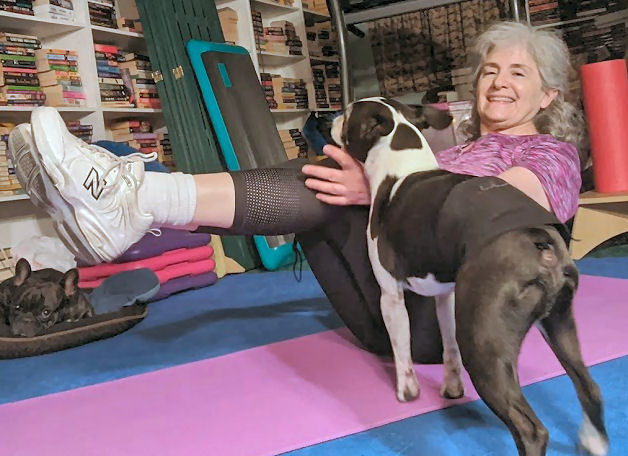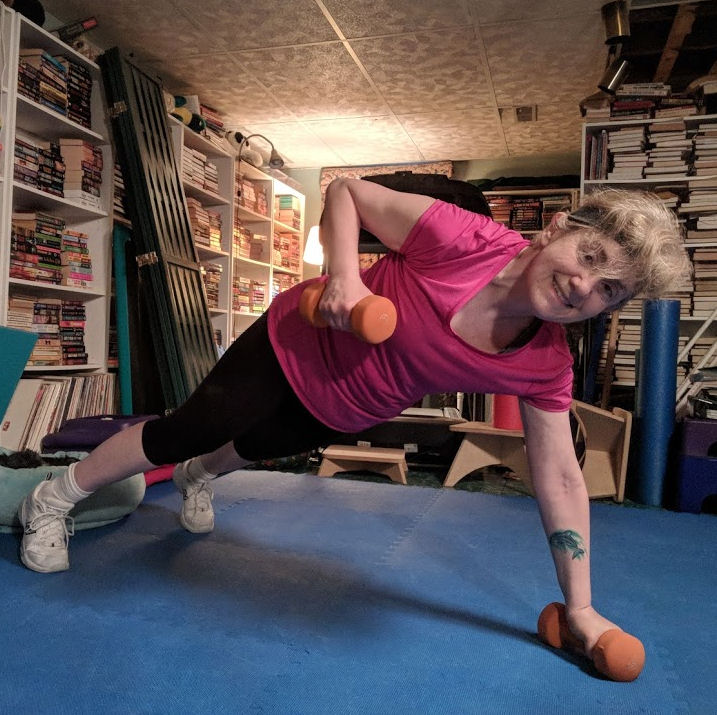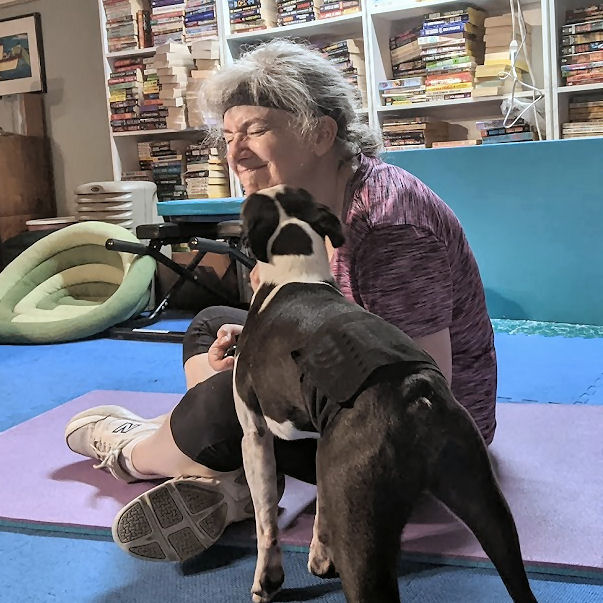Try something new tomorrow when you first wake up. Smile. That’s it. And maybe think something positive. Something good. Many days I say, “I get to play with my dog today.” Or perhaps, “I’m looking forward to sitting down and writing 1,000 words today.” You might realize, “I get to see my kids and have a great dinner tonight.” If you set yourself up in a positive way, your whole day will be better. Mindset matters.
Anything positive
That positive thought will set the tone for your whole day. Think about it – if you start out cranky, then even the most minor thing could make your day worse. Start out in a bad mood and a little spill could cause you to be angry all day. But if your mindset is positive you’re more likely to just shrug off that little spill, wipe it up and move on. So anything positive will help your day.
A while ago I wrote about 3 morning rituals that can help your day. Having a positive thought first thing could be the most important. The Dalai Lama said, “Just one small positive thought in the morning can change your whole day.”
Increase optimism and resilience
That positive energy from your one thought will cause you to become optimistic, and increase your resilience. And, you’ll be happier. All with that one thought. You’ve created positive energy for your day.
Of course, that doesn’t mean that every day is all rainbows and unicorns. We all have to deal with everyday realities. Work has to get done. Articles (like this one) have to be written. We think about our friends who are going through tough times and commiserate with them. Try looking at things from another angle. Approach a problem looking for a positive outcome. And our own mindset matters. A positive mindset will surely help us along those bumpy roads.
Even the Mayo Clinic advocates positive thinking. As we get more used to positive thinking, we become more optimistic. And being more optimistic is key in managing our stress. If you’ve been in the habit of denigrating yourself – “my hair is terrible.” Or “I have no writing talent,” get over it! As I’ve said before – be nice to you! If you’re positive to yourself that, too, will extend to others.
Start your day positively. Because mindset matters.









